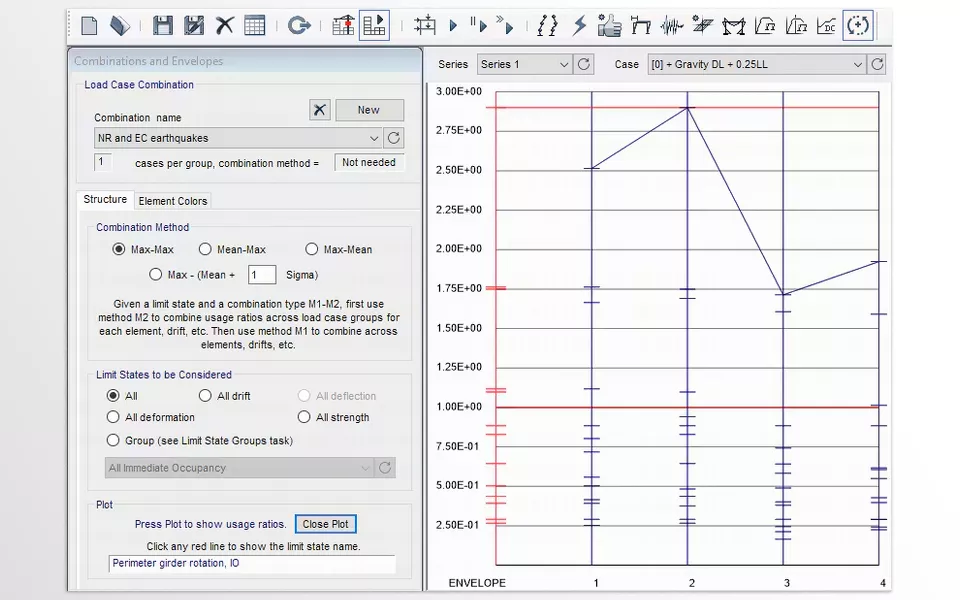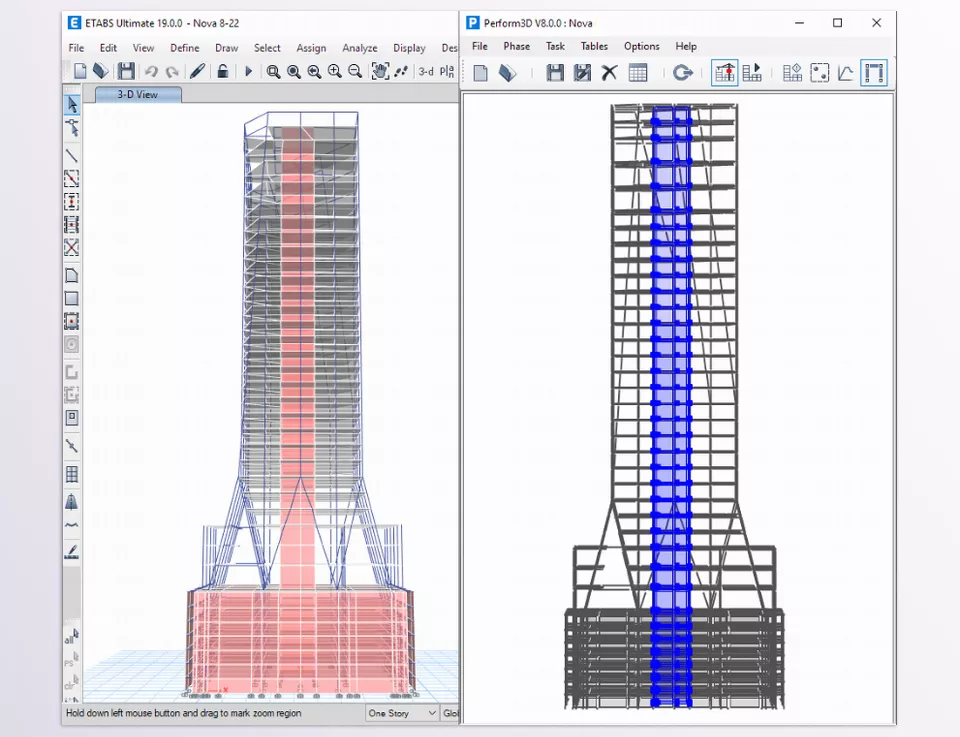Perform3D is powerful software meant for the analysis and design of structures in nonlinear conditions. The software concentrates on performance-based building evaluations. It uses sophisticated components modeling like shear walls and seismic isolators. The software also allows for dynamic analysis while multitasking, effectively performing assessment.
CSI – Perform3D Features
- Nonlinear Analysis and Design: A focal point is set on the phase of analysis that covers and dials more on nonlinear phenomena which is crucial for modeling the structural response concerning the extreme loading.
- Diverse Component Modeling: Designing different components in nonlinear models such as hinges, shear walls, dampers, braces, and even seismic isolators.
- Performance-Based Design Tools: Special tools for pushover and dynamic earthquake analyses to improve performance-based design.
- Parallel Processing: Development of analysis possibilities towards capabilities in parallel processing.
- Response Assessment Tools: Tools for measuring strain, deformation, and strength capacity in performance assessment air and aid in performance assessment.
- Limit State Analysis: Rough methods that determine if the structure is in serviceable- but near damage states by aggregating all response data into demand-over-capacity ratios, building towards valuable ratios.
- Interoperability: Import and export features with structural analysis software such as SAP2000 and ETABS.
Perform3D Documentation
Image 1: The limit state feature in it allows for the aggregation of response data into demand-over-capacity ratios, simplifying performance assessment.

Image 2: You can export 3D models from SAP2000 or ETABS to use as a starting point for your model.




